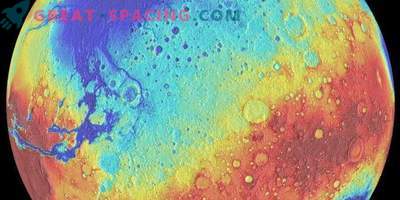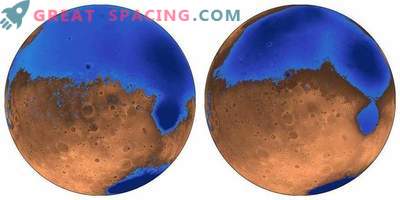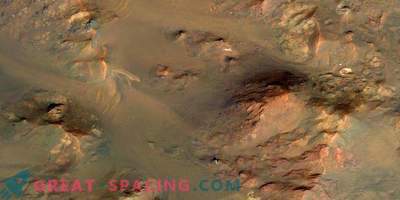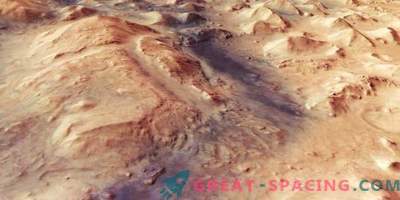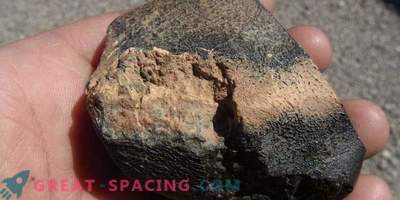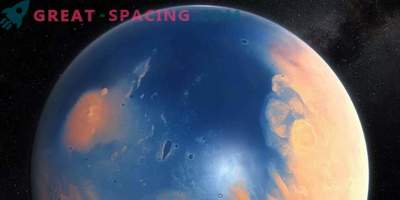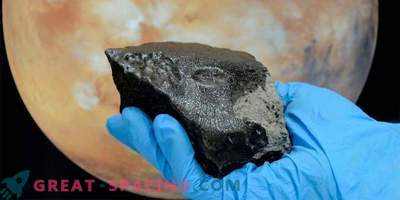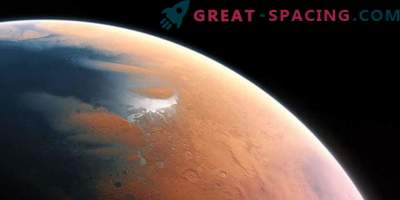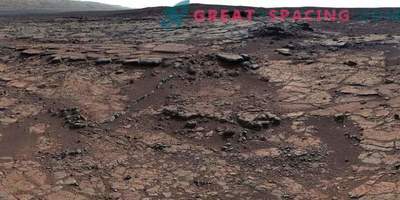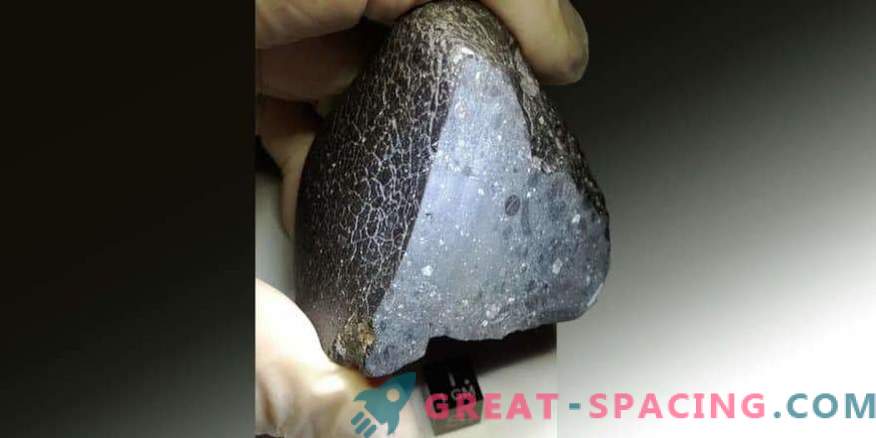
The Martian meteorite NWA 7034, nicknamed “Black Beauty”. Weighs about 320 grams
After studying an ancient Martian meteorite that landed in the Sahara desert, scientists from the Livermore National Laboratory determined how and when the topographic and geophysical rupture of the crust of the Red Planet was created.
The NWA 7034 is the oldest Martian meteorite found today. Its age reaches 4.4 billion years. It contains many different kinds of bark, which are mixed and drained after heating. It is a sample of the average Martian crust.
Scientists have used a number of radioisotope dating methods and found that divisions between the crater southern highlands of the planet and the smoother plains of the northern lowlands formed before the creation of NWA 7034. This ancient age is consistent with the time of the scale impact that caused the separation of the cortex.
If an event occurred, then the NWA 7034 indicates that the strike was supposed to take place earlier than 4.4 billion years ago. The division represents a sharp contrast between the southern and northern hemispheres. Geography differs by 1-3 km. The average thickness of the Martian crust is 45 km: 32 km is the northern lowland and 58 km is the southern highlands. The northern lowland is about 1/3 of the Martian surface and is relatively flat. The other 2/3 are the highlands of the southern hemisphere. In total, 3 theories have been put forward: endogenous (mantle process), one-sided or multiple effects.

Image of the NWA 11522 from a backscattered scanning electron microscope. The meteorite resembles NWA 7034. At the bottom left you can see part of a large melted impact cluster. Some of the most visible debris are indicated by a dotted line.
New radioisotope analyzes show that all materials from the NWA 7034 were created 4.4 billion years ago in a single locality. This landscape was subjected to long-term metamorphosis associated with a large volcanic eruption 1.7-1.3 billion years ago. The stones merged together about 200 million years ago or very recently. Everything suggests that the division was created earlier 4.4 billion years ago, since the surface rocks were buried or destroyed.
The results are important for understanding how one of the oldest and most distinctive global geological features of the Red Planet was formed.
